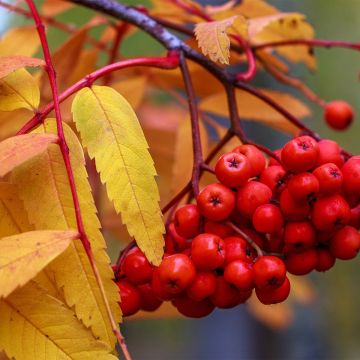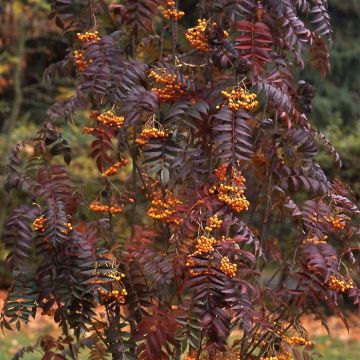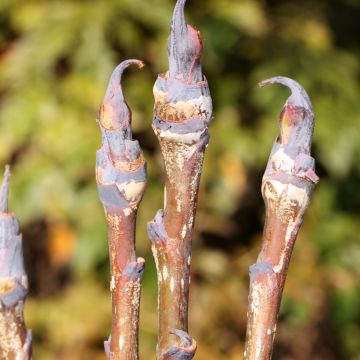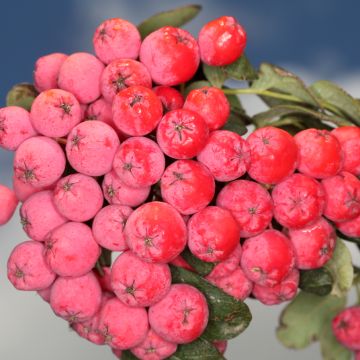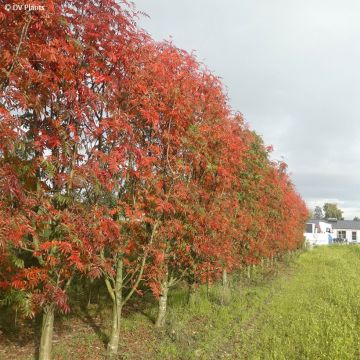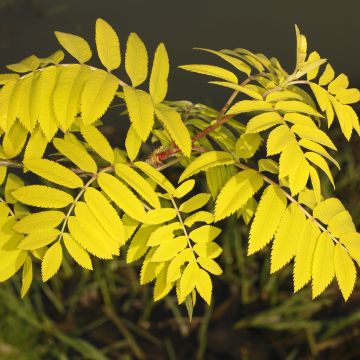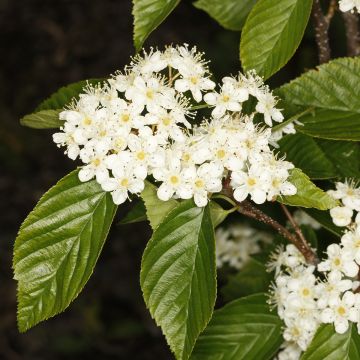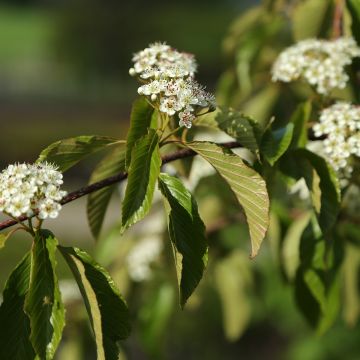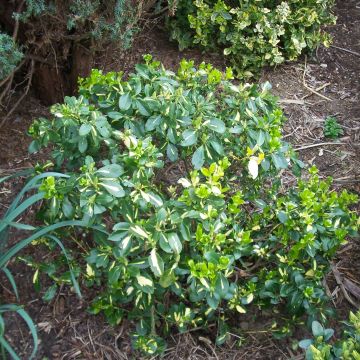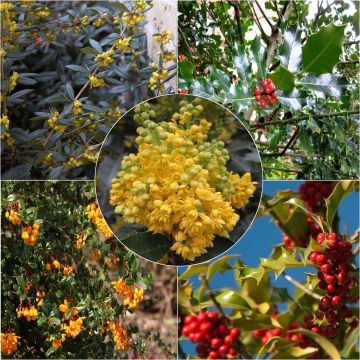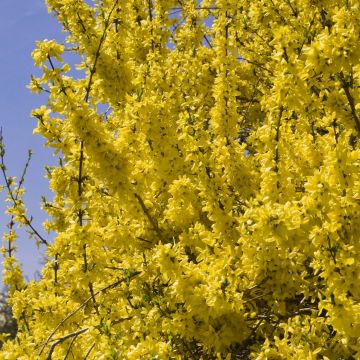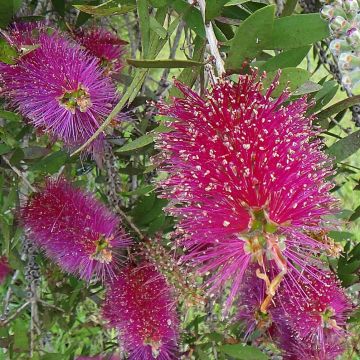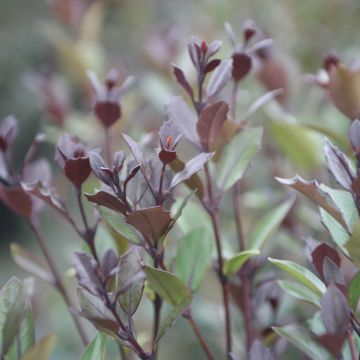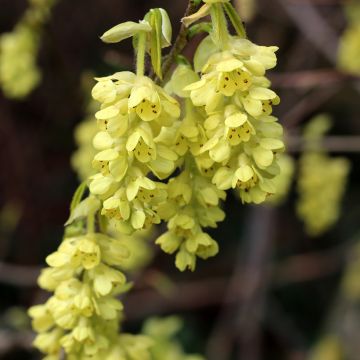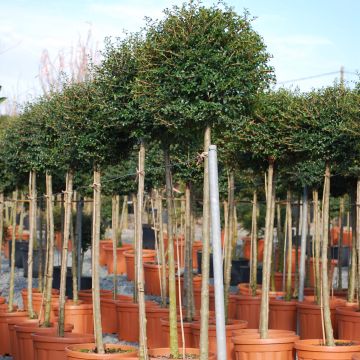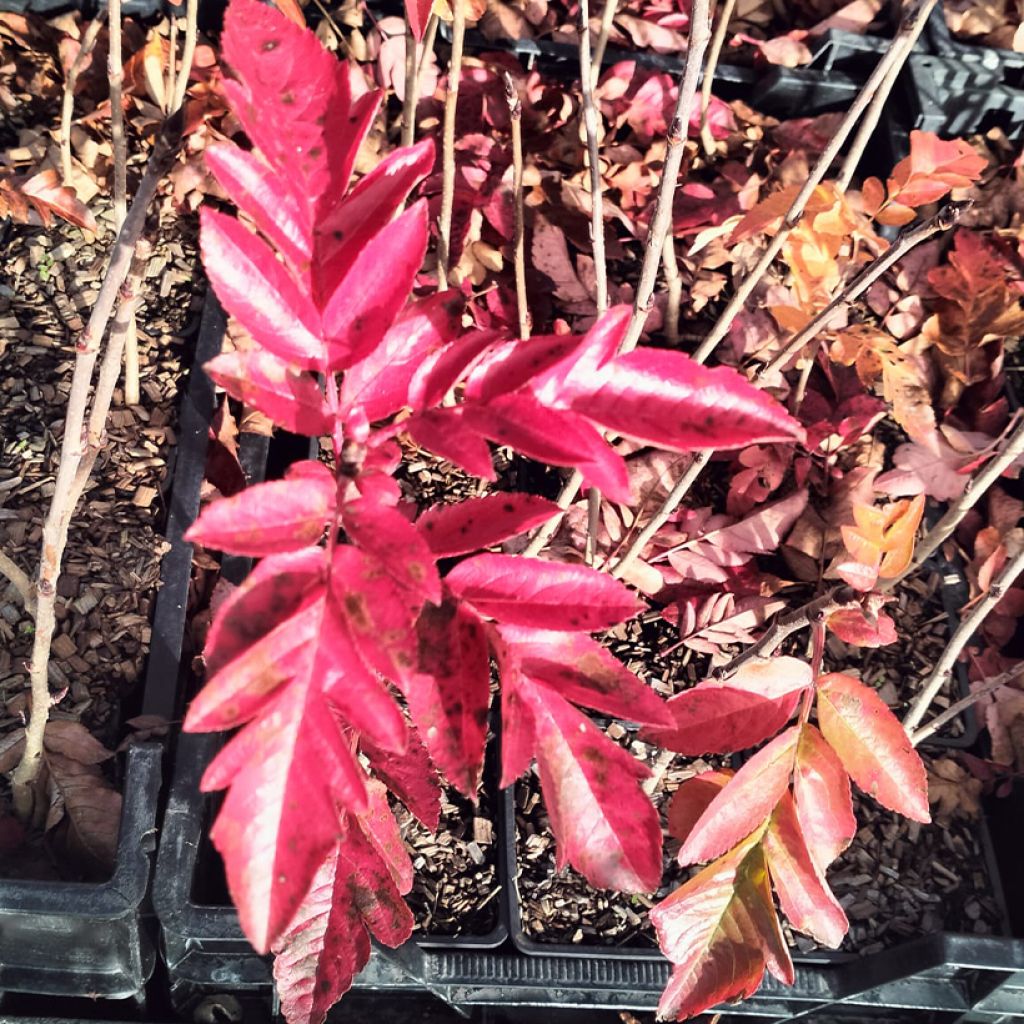

x Sorbaronia fallax Burka
x Sorbaronia fallax Burka
x Sorbaronia fallax Burka
Sorbus and Aronia hybrid
Special offer!
Receive a €20 voucher for any order over €90 (excluding delivery costs, credit notes, and plastic-free options)!
1- Add your favorite plants to your cart.
2- Once you have reached €90, confirm your order (you can even choose the delivery date!).
3- As soon as your order is shipped, you will receive an email containing your voucher code, valid for 3 months (90 days).
Your voucher is unique and can only be used once, for any order with a minimum value of €20, excluding delivery costs.
Can be combined with other current offers, non-divisible and non-refundable.
Home or relay delivery (depending on size and destination)
Schedule delivery date,
and select date in basket
This plant carries a 24 months recovery warranty
More information
We guarantee the quality of our plants for a full growing cycle, and will replace at our expense any plant that fails to recover under normal climatic and planting conditions.
Would this plant suit my garden?
Set up your Plantfit profile →
Description
The Sorbus 'Burka' is a rare hybrid between a mountain ash, Sorbus aucuparia, and a hybrid of Sorbaronia alpina. It is distinguished by larger leaves and fruits. Its large fleshy fruits, measuring 2 cm in diameter, are a beautiful purple-violet and are edible and tasty. It also offers a white spring flowering in umbels and beautiful reddish-purple autumn colours. It is a self-fertile and productive variety.
As a member of the large Rosaceae family, there are dozens of species of mountain ash, with Sorbus aucuparia being one of the most common. Sorbaronia alpina is a hybrid between the European mountain ash, Sorbus aria, and the eastern North American chokeberry, Aronia arbutifolia.
'Burka' is a compact hybrid variety, with the tree reaching about 3 to 4 m in height and width. It is native to Eastern Europe and was obtained by Ivan Michurin. The white umbel flowering of about 14 cm in diameter appears around May-June and attracts bees. The flowers then produce numerous clusters of dark purple fruits, which are highly decorative. Their flesh is yellow, juicy, acidic, of good taste and rich in vitamins and carotene. They can be consumed fresh, as juice, or cooked into jam or jelly. Otherwise, they are enjoyed by birds until the end of the year. In autumn, the foliage turns a reddish-purple colour.
This hybrid mountain ash 'Burka' should be planted in full sun, but it can tolerate partial shade for part of the day. It is undemanding in terms of soil and can thrive in poor soil without any problems. Similarly, it can adapt to both moist and dry soils. It can be planted in small to medium-sized gardens, or even in larger spaces alongside larger trees. According to permaculture principles, it can be planted in a forest garden with other edible species such as amelanchier, male cornel, or autumn olive. For ornamental associations, a variegated maple or a beautiful purple oak can serve as a contrasting background. In a smaller garden, or planted in a diverse flowerbed, it can be associated with shrubs such as 'Golden Spirit' smoke bush, whose bright golden foliage will be enhanced by the grey-green of the mountain ash, or with shrubs with decorative berries of various colours for a cocktail of colours (callicarpa, snowberry...).
Plant habit
Flowering
Foliage
Botanical data
x Sorbaronia
fallax
Burka
Rosaceae
Sorbus and Aronia hybrid
x Sorbaronia fallax Burka
Cultivar or hybrid
Other Sorbus - Mountain Ash
View all →Planting and care
x Sorbaronia fallax Burka is best planted in autumn in any soil, preferably moist (but tolerates dryness), slightly acidic to neutral (also tolerates limestone). Not demanding, it adapts to loamy, clayey or sandy soils. Dig a planting hole with sides of 60 to 80 cm and add some compost to the bottom if the soil is poor. Soak the container in a bucket to thoroughly saturate the root ball before placing it in the planting hole. Fill in and water abundantly; monitor watering during the first two years to allow the tree to establish well.
It will thrive in both full sun and partial shade and has no specific requirements. It is a pioneer species capable of establishing itself in poor soils.
Planting period
Intended location
Care
Planting & care advice
This item has not been reviewed yet - be the first to leave a review about it.
Similar products
Haven't found what you were looking for?
Hardiness is the lowest winter temperature a plant can endure without suffering serious damage or even dying. However, hardiness is affected by location (a sheltered area, such as a patio), protection (winter cover) and soil type (hardiness is improved by well-drained soil).

Photo Sharing Terms & Conditions
In order to encourage gardeners to interact and share their experiences, Promesse de fleurs offers various media enabling content to be uploaded onto its Site - in particular via the ‘Photo sharing’ module.
The User agrees to refrain from:
- Posting any content that is illegal, prejudicial, insulting, racist, inciteful to hatred, revisionist, contrary to public decency, that infringes on privacy or on the privacy rights of third parties, in particular the publicity rights of persons and goods, intellectual property rights, or the right to privacy.
- Submitting content on behalf of a third party;
- Impersonate the identity of a third party and/or publish any personal information about a third party;
In general, the User undertakes to refrain from any unethical behaviour.
All Content (in particular text, comments, files, images, photos, videos, creative works, etc.), which may be subject to property or intellectual property rights, image or other private rights, shall remain the property of the User, subject to the limited rights granted by the terms of the licence granted by Promesse de fleurs as stated below. Users are at liberty to publish or not to publish such Content on the Site, notably via the ‘Photo Sharing’ facility, and accept that this Content shall be made public and freely accessible, notably on the Internet.
Users further acknowledge, undertake to have ,and guarantee that they hold all necessary rights and permissions to publish such material on the Site, in particular with regard to the legislation in force pertaining to any privacy, property, intellectual property, image, or contractual rights, or rights of any other nature. By publishing such Content on the Site, Users acknowledge accepting full liability as publishers of the Content within the meaning of the law, and grant Promesse de fleurs, free of charge, an inclusive, worldwide licence for the said Content for the entire duration of its publication, including all reproduction, representation, up/downloading, displaying, performing, transmission, and storage rights.
Users also grant permission for their name to be linked to the Content and accept that this link may not always be made available.
By engaging in posting material, Users consent to their Content becoming automatically accessible on the Internet, in particular on other sites and/or blogs and/or web pages of the Promesse de fleurs site, including in particular social pages and the Promesse de fleurs catalogue.
Users may secure the removal of entrusted content free of charge by issuing a simple request via our contact form.
The flowering period indicated on our website applies to countries and regions located in USDA zone 8 (France, the United Kingdom, Ireland, the Netherlands, etc.)
It will vary according to where you live:
- In zones 9 to 10 (Italy, Spain, Greece, etc.), flowering will occur about 2 to 4 weeks earlier.
- In zones 6 to 7 (Germany, Poland, Slovenia, and lower mountainous regions), flowering will be delayed by 2 to 3 weeks.
- In zone 5 (Central Europe, Scandinavia), blooming will be delayed by 3 to 5 weeks.
In temperate climates, pruning of spring-flowering shrubs (forsythia, spireas, etc.) should be done just after flowering.
Pruning of summer-flowering shrubs (Indian Lilac, Perovskia, etc.) can be done in winter or spring.
In cold regions as well as with frost-sensitive plants, avoid pruning too early when severe frosts may still occur.
The planting period indicated on our website applies to countries and regions located in USDA zone 8 (France, United Kingdom, Ireland, Netherlands).
It will vary according to where you live:
- In Mediterranean zones (Marseille, Madrid, Milan, etc.), autumn and winter are the best planting periods.
- In continental zones (Strasbourg, Munich, Vienna, etc.), delay planting by 2 to 3 weeks in spring and bring it forward by 2 to 4 weeks in autumn.
- In mountainous regions (the Alps, Pyrenees, Carpathians, etc.), it is best to plant in late spring (May-June) or late summer (August-September).
The harvesting period indicated on our website applies to countries and regions in USDA zone 8 (France, England, Ireland, the Netherlands).
In colder areas (Scandinavia, Poland, Austria...) fruit and vegetable harvests are likely to be delayed by 3-4 weeks.
In warmer areas (Italy, Spain, Greece, etc.), harvesting will probably take place earlier, depending on weather conditions.
The sowing periods indicated on our website apply to countries and regions within USDA Zone 8 (France, UK, Ireland, Netherlands).
In colder areas (Scandinavia, Poland, Austria...), delay any outdoor sowing by 3-4 weeks, or sow under glass.
In warmer climes (Italy, Spain, Greece, etc.), bring outdoor sowing forward by a few weeks.
































